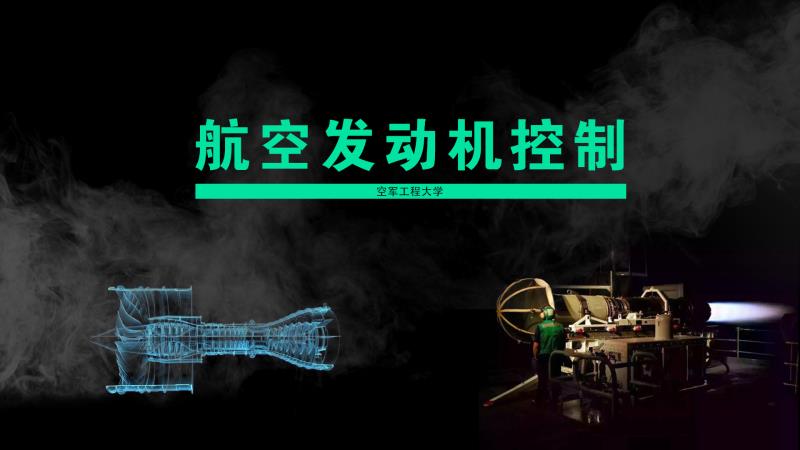
当前课程知识点:分子医学技术 > 第七章 碱性磷酸酶Km值测定 > AKP Km值测定原理、测定操作、计算 > PCR原理、操作、产物鉴定
Polymerase chain reaction or PCR is a laboratory technique
for DNA replication that allows a "target" DNA sequence
to be amplified quickly and accurately.
PCR. was invented in1983 by Dr Mullis,
he won the Noble Prize in 1993 for the invention.
The technique enables investigators to obtain the large quantities of DNA,
So it can be used in many fields,
such as basic research,
forensic analysis and medical diagnostics.
The Polymerase Chain Reaction
is a test tube method for amplifying a selected DNA sequence .
Its principle is similar to the replication in vivo.
In order to carry out PCR successfully
we need a pair of oligonucleotides as primers,
genome DNA as template,
dNTP as substrates,
and also need heat resistant Taq DNA polymerase and Mg2+.
The process includes three steps:
The first step is denature the DNA:
the DNA template is heated to 95℃
to separate the double strands target DNA into single strands.
The Second is annealing,
that means the temperature is reduced to about 55℃,
the specific primers can anneal to the template.
The last is extention,
that is the temperature is raised to about 72℃,
the Taq DNA polymerase
begins adding free nucleotides onto the ends of the annealed primers
and complete the new strand synthesis.
Denaturation, annealing and extension form a cycle.
After one cycle,
the targeted DNA molecule amplify 2 fold.
Usually,
25-30 cycles produce a sufficient amount of DNA.
In this video,
we will introduce PCR process
and how to identify PCR products by agarose gel electrophoresis.
The reaction components of PCR
were thawed on ice and centrifuged for a few seconds
to set them down to the bottom of the tubes.
Add the reaction component to the PCR tube according to the Table.
Set PCR reaction parameters.
The PCR process is over
PCR products will be identified by agarose gel electrophoresis
based on DNA size and shape.
Put 1g agarose powder into a flask,
and add 100ml 1×TAE buffer into the flask,
get the gel concentration of 1%.
Heating the agarose solution with microwave oven to dissolve it.
When the agarose solution is cooled to about 60℃,
add 3ul ethidium bromide EB,
place sample comb in a proper position.
Then pour the gel into the fixed gel holder.
Add electrophoresis buffer into electrophoresis tank.
Prepare the sample and sample buffer.
Mix DNA samples and sample buffer.
The gel liquid cools and solid.
And pull out sample comb on the gel holder upward carefully.
Add each sample to the sample hole in turn.
Connect the power and start electrophoresis at 90 voltage.
The electrophoretic migration distance of DNA in gel
is inversely proportional to the logarithm of its molecular weight.
The smaller the relative molecular weight,
the longer the migration.
Electrophoresis can be stopped
when the blue band of the front indicator reach two-thirds of the gel.
Exposed the gel to UV light in the gel imager,
DNA stained with ethidium bromide bands show.
-真核基因组DNA的提取原理、提取操作、鉴定
-质粒DNA提取原理、提取操作、鉴定
-PCR原理、操作、产物鉴定
-蛋白质含量测定原理、测定操作、计算
-SDS-聚丙烯酰胺凝胶电泳原理、操作、测定分子量计算
-亲和层析原理、操作、实验结果
-AKP Km值测定原理、测定操作、计算



